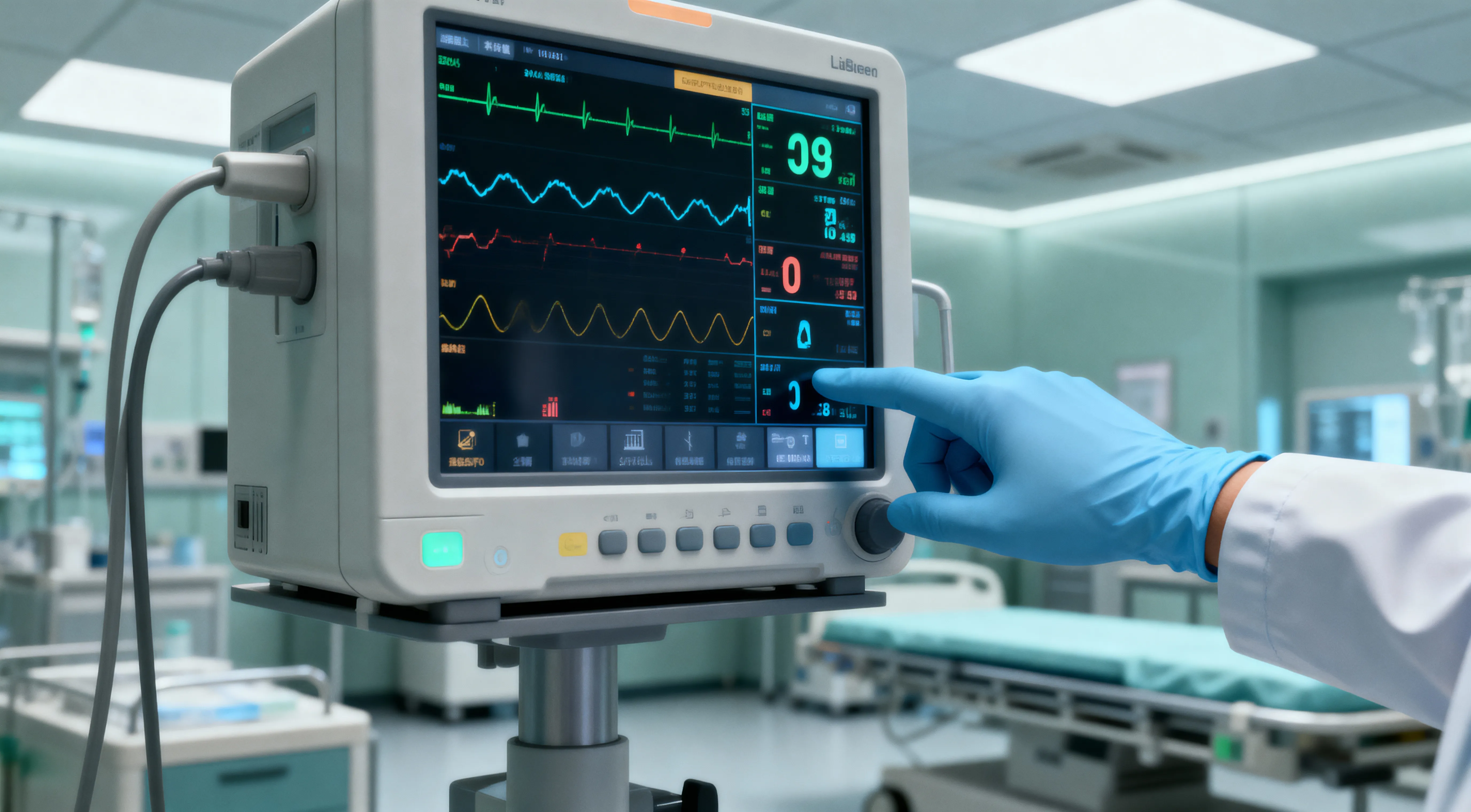
The Use of 3D Animation in Patient Education Videos
Use 3D animation in patient education videos to simplify treatment explanations. Discover how 3D visuals improve understanding in surgery, medication use, and therapeutic processes.
ADIM Blog
22 November 2025 | 2 Minute Reading
The Use of 3D Animation in Patient Education Videos
In the healthcare sector, clear communication with patients plays a critical role in the success of treatment processes. However, medical terminology and complex procedures can often be difficult for patients to understand. At this point, 3D animation stands out as an effective tool in patient education videos.
Why Use 3D Animation in Patient Education Videos?
Simplifies complex information: Medical processes are explained in a clear, accessible way.
Reduces patient anxiety: Visualizing the treatment process provides reassurance.
Strengthens doctor–patient communication: Explanations become easier to understand.
Improves treatment adherence: Patients who understand the process are more likely to follow it properly.
Applications of 3D Animation
1. Pre-Surgery Information
Surgical steps can be explained to patients in simple terms.
Patients can see how the operation will proceed in advance, helping them feel more prepared.
2. Explaining Treatment Processes
Chemotherapy or radiotherapy can be visualized for cancer treatment.
The effects of medication for chronic diseases can be shown clearly.

3. Medication and Medical Device Usage
Patient-friendly user guides can be supported with animation.
Devices such as inhalers, insulin pens, or medical instruments can be demonstrated step by step.
4. Preventive Healthcare Education
Topics such as hygiene, nutrition, and exercise can be communicated through patient-focused videos.
Benefits of 3D Animation in Patient Education
Clear communication: Visuals make medical terms easier to understand.
Builds trust: Patients feel reassured when provided with transparent information.
Educational and lasting: Visual learning improves retention and recall.
Cross-cultural communication: Multilingual subtitles and voiceovers make content accessible to diverse audiences.

Patient Education Animation Trends for 2025
VR-based treatment process simulations.
AR-powered mobile apps for patient training.
Short, concise mobile video animations.
Personalized patient education content.
Conclusion
3D animation is a powerful tool for simplifying complex medical processes in patient education videos. Whether explaining surgery, treatment, or device usage, it provides transparency, reduces anxiety, and strengthens adherence to treatment.
If you want to deliver clear and effective patient education content with 3D animation, contact us to get started.
Let’s Elevate Your Brand Together
Our experienced team is here to support you in your animation and visualization projects.